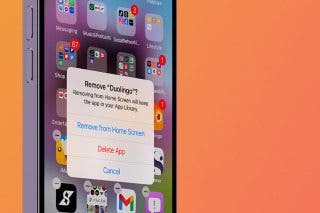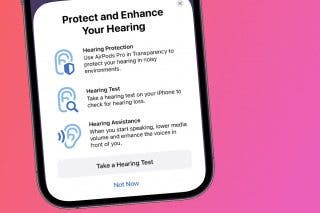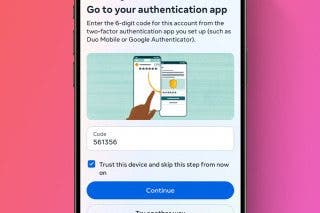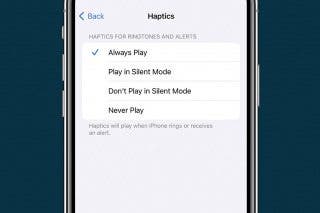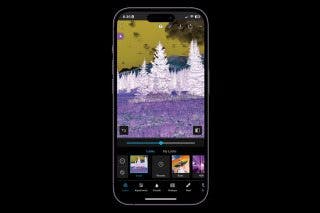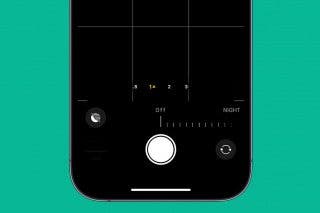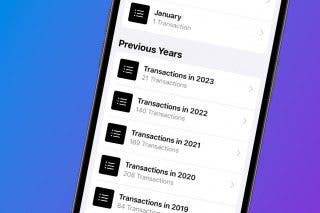Organize Your iPhone’s Storage & Battery


Now that you’ve perfected your Home Screen, it’s time to clean behind the scenes. In the past, you may have deleted apps from your Home Screen and now you’ve lost track. Maybe you have an absurd amount of photos or downloaded videos taking up a lot of storage and making your iPhone run slower than it needs to. Or maybe you keep ignoring the software updates, which puts your phone at a security risk. If any of those things sound relatable, this next section is all about how to make sure even the stuff occurring in the background of your iPhone is kept in check.
Check Your Storage
Every year the iPhone’s storage capacity grows larger and larger. However, that doesn’t mean there aren’t ways we can control what gets downloaded onto our devices and ensure it doesn’t get out of hand. When it comes to your iPhone’s storage, you will find that most of it is taken up with apps. This is why that earlier process of combing through your Home Screen is such an important first step in organizing your iPhone. But there may be other things taking up a lot of space on your device, specifically media like photos, videos, and downloaded music. The best place to start when it comes to figuring out how to increase your storage is to learn how to access your iPhone Storage via Settings. Once you’ve looked over this helpful graph, you may end up deleting or offloading apps you previously wanted to keep. That being said, don’t delete Spotify from your iPhone just because it is the app that is taking up the most storage, especially if you love Spotify and use it all the time. Remember, the point of the iPhone is to connect us to technology so we can use it the way we like!
Battery Life
If you’ve ever had your iPhone die on you when you needed it, you’ll understand the desire to increase your iPhone’s battery life. Luckily, there are some things you can do while you’re organizing to help. There are a few good habits to practice in order to get the most out of your iPhone battery in the long term. It typically takes 2–4 hours to charge an iPhone to 100 percent. Once complete, take it off the charger. If you leave the phone on the charger after it has reached a full charge, the lithium ion battery capacity will degrade over time. Apple also offers a useful feature called Optimized Battery Charging, which you can access under Battery in Settings. Optimized Battery Charging reduces battery aging. It will wait to finish charging past 80 percent until you need to use it based on your charging routine. That way, if you do want to leave it plugged in overnight, this is a decent option. But if you want to go the extra mile to protect your iPhone battery life long-term, follow the rest of our recommendations in this section!
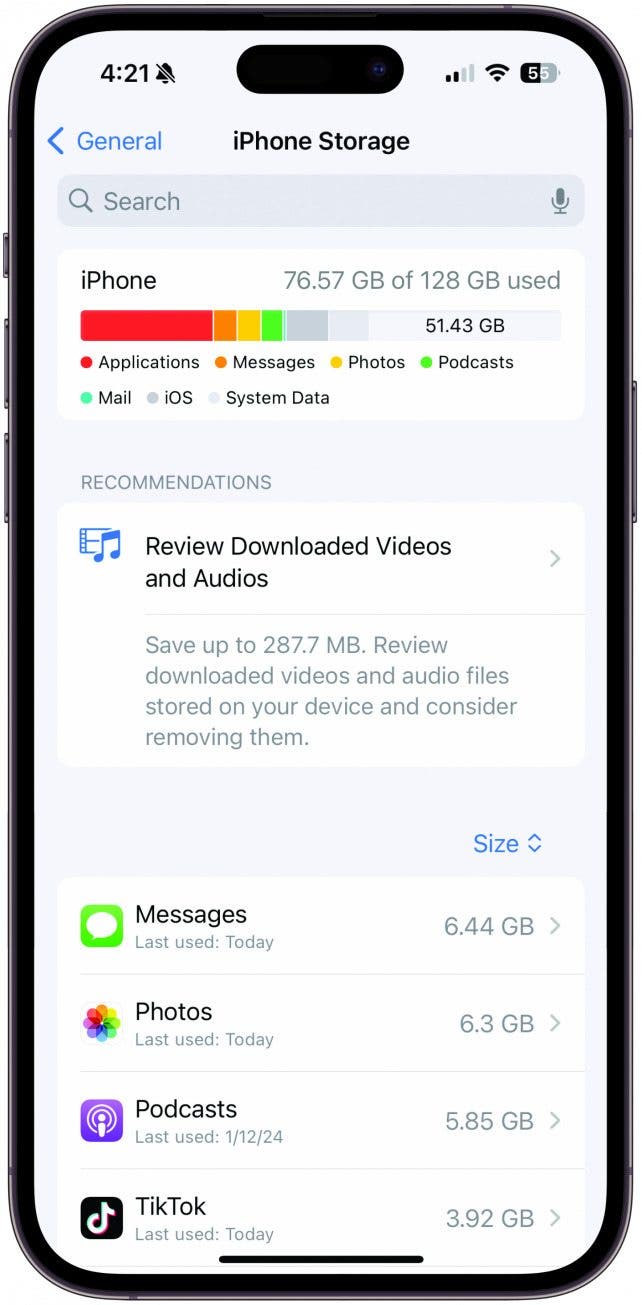
Take Inventory of Your iPhone Storage
You may be wondering how much local storage you have available on your iPhone or what apps or media are taking up the most space. You can find all that information in the Settings app, and it may be revealing to you! On your iPhone, open Settings, tap General, then tap iPhone Storage. Now that you’re looking at your local storage, you can tap a particular app for additional information. In some cases, the biggest offender may be the Photos app because of videos or pictures people have texted to you, or even the Podcasts app which will automatically download subscribed podcasts to your device.
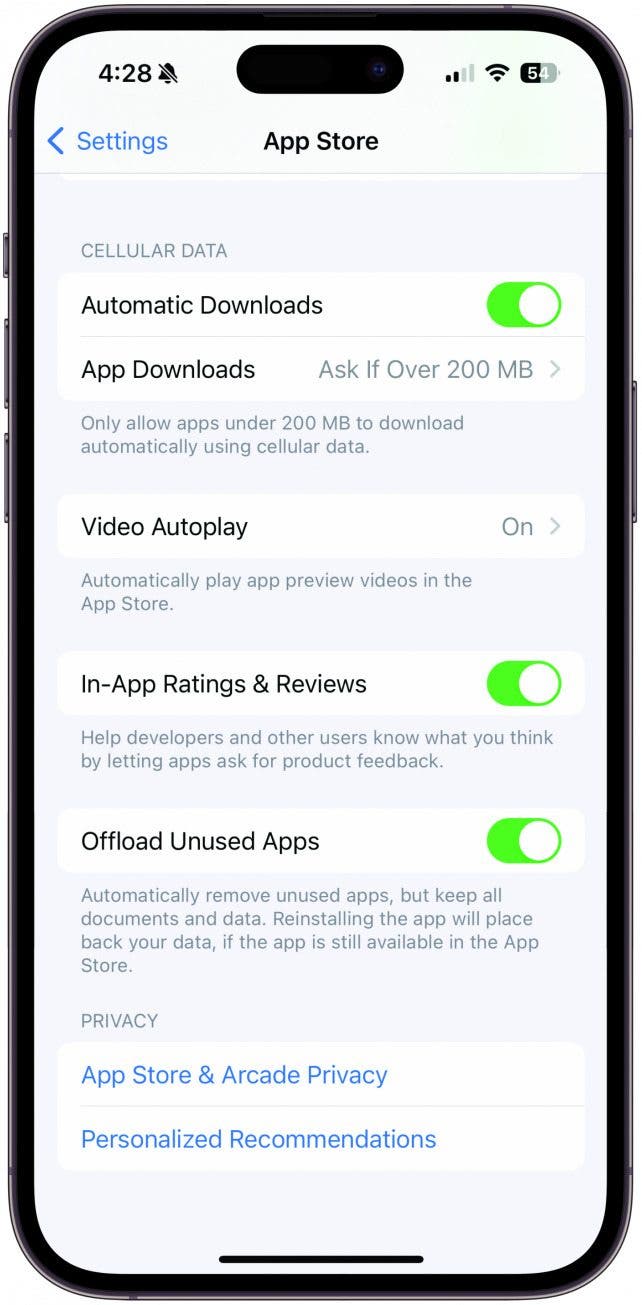
Clear Up Stagnant Apps
Another amazing way to free up storage on your iPhone without having to delete any apps is by offloading unused apps. The feature Offload Unused Apps uninstalls an app you haven’t used in 12 days but doesn’t delete from your device. An offloaded app will still appear on your Home Screen and in your App Library, but it will have a small cloud by it indicating that it will need to redownload when tapped. Offloading apps removes the app’s data from your phone while giving you the option to redownload at a moment’s notice. It’s a great noncommittal way to clear up space. There are two ways to go about offloading unused apps: set up apps to offload automatically or offload manually. On your iPhone, open the Settings app. Tap App Store. If you want to offload automatically (which is my preferred method), scroll down and toggle on Offload Unused Apps. The toggle will be green when enabled. If you want more control of the process, you can still manually offload individual apps that you feel are taking up too much space. To manually offload apps, open the Settings app on your iPhone. Tap General. Tap iPhone Storage. Select the app you want to offload. Tap Offload App. Tap Offload App again to confirm.
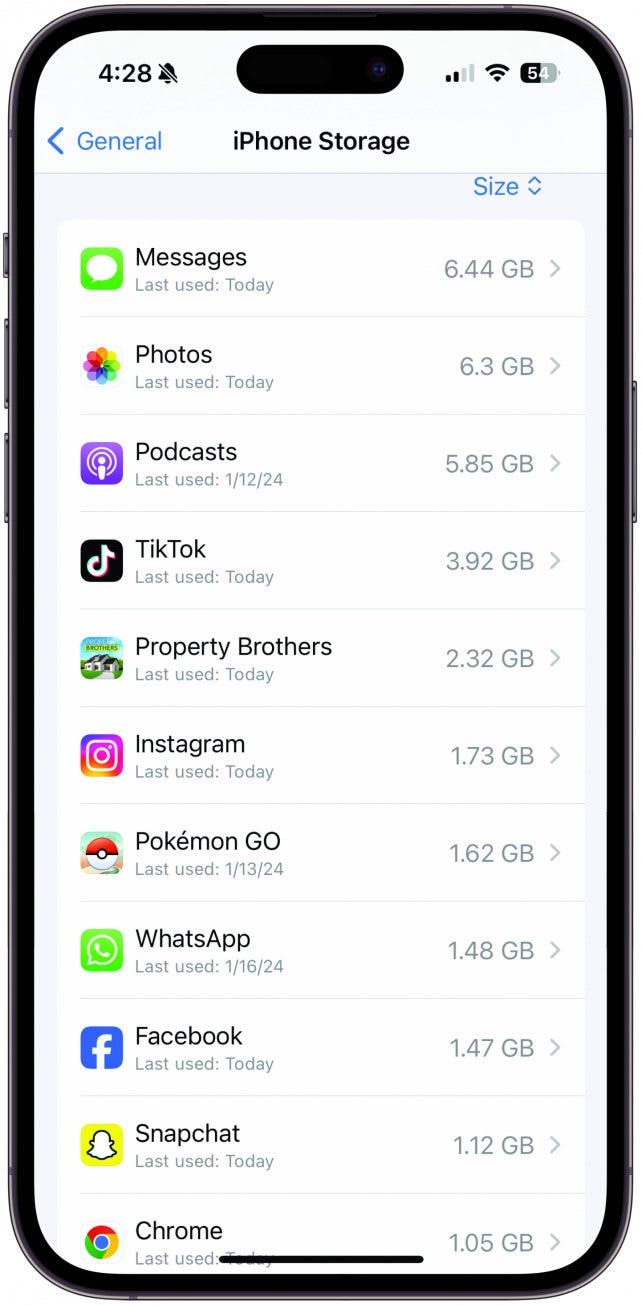
Delete the Apps You Don’t Know You Have
The quickest way to delete an app that’s not on your Home Screen is by going back into Settings. If you’re looking to make super deep cuts, I would focus on the minutiae. Scroll down to see the many apps you still have on your iPhone (if you do, you may have cleared them all out during the Home Screen purge). Delete ones between 100-250 MB, as these are often the ones that build up, take up space, and that we never use. On your iPhone, open Settings. Tap General. Tap iPhone Storage. Select the app you want to delete. Tap Delete App. Tap Delete App again to confirm.
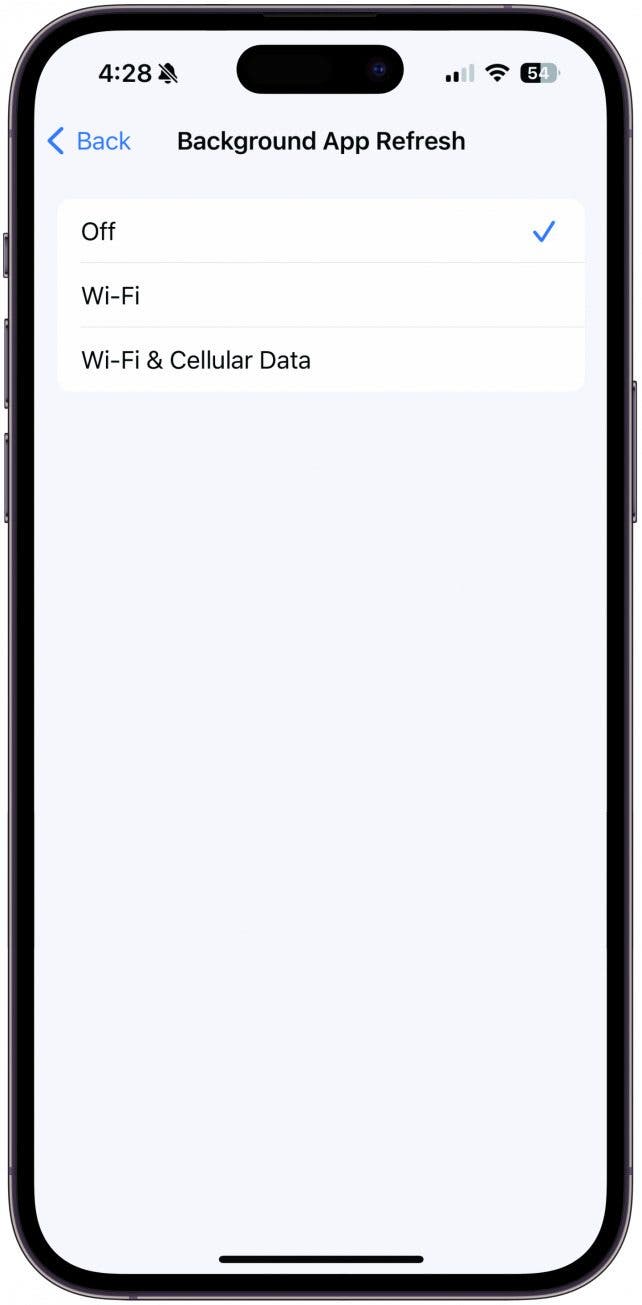
Trim Background Tasks
Background App Refresh is a feature that, when enabled, allows apps to refresh their content when on Wi-Fi or cellular in the background. This means that apps such as news readers, email clients, social media, etc. can periodically connect to the internet to update their stored content even when they are not currently running or the phone is asleep. I wouldn’t recommend turning off Background App Refresh completely because it is convenient and makes the overall experience of opening apps more streamlined. Instead, go through your apps and make choices about which are worth running in the background and which aren’t. For instance, if I am going to meet someone at the airport, it would be useful if my flight tracking app would refresh in the background so it could notify me when the plane is getting close. But I don’t need Amazon to run in the background and refresh its content constantly. To access the Background App Refresh feature, you’ll need to go into Settings: Open Settings. Tap General. Tap Background App Refresh to turn Background App Refresh off on an app.

Amy Spitzfaden Both
Amy Spitzfaden-Both is the Managing Editor for iPhone Life magazine and an award-winning novelist, with over 10 years of experience in the publishing industry. She specializes in Apple news and rumors, health and fitness tech, and parenting in the digital age. She graduated from MIU with a BA in Literature and Writing.
Amy lives in New Hampshire with her husband and daughter. When she’s not writing or glued to her iPhone, she enjoys hiking, traveling, and creating her own tea blends.
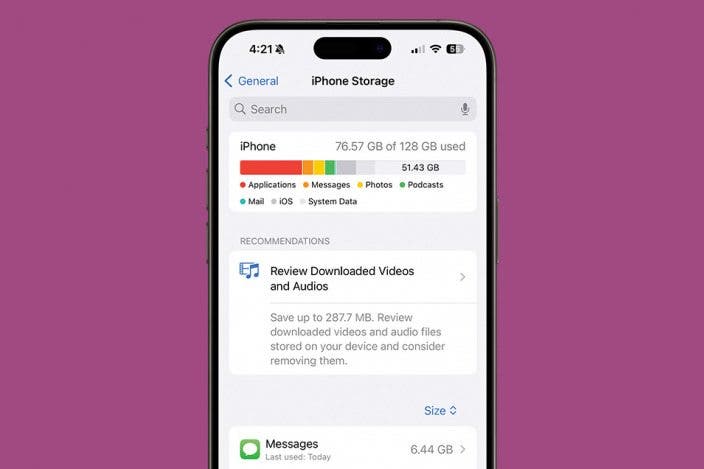
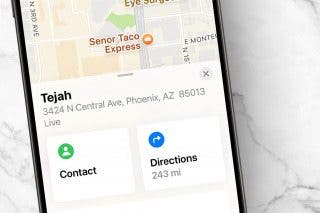
 Rachel Needell
Rachel Needell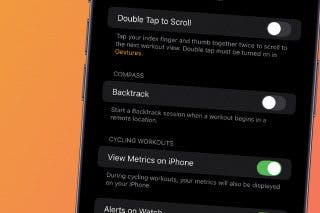
 Olena Kagui
Olena Kagui
 Leanne Hays
Leanne Hays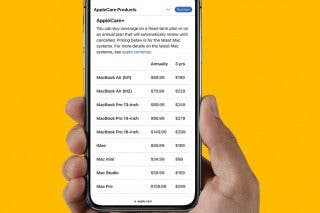
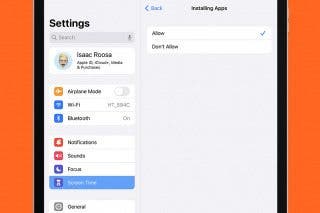
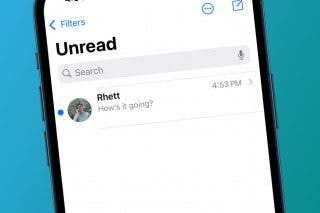
 Rhett Intriago
Rhett Intriago
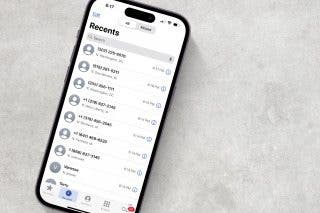

 Amy Spitzfaden Both
Amy Spitzfaden Both